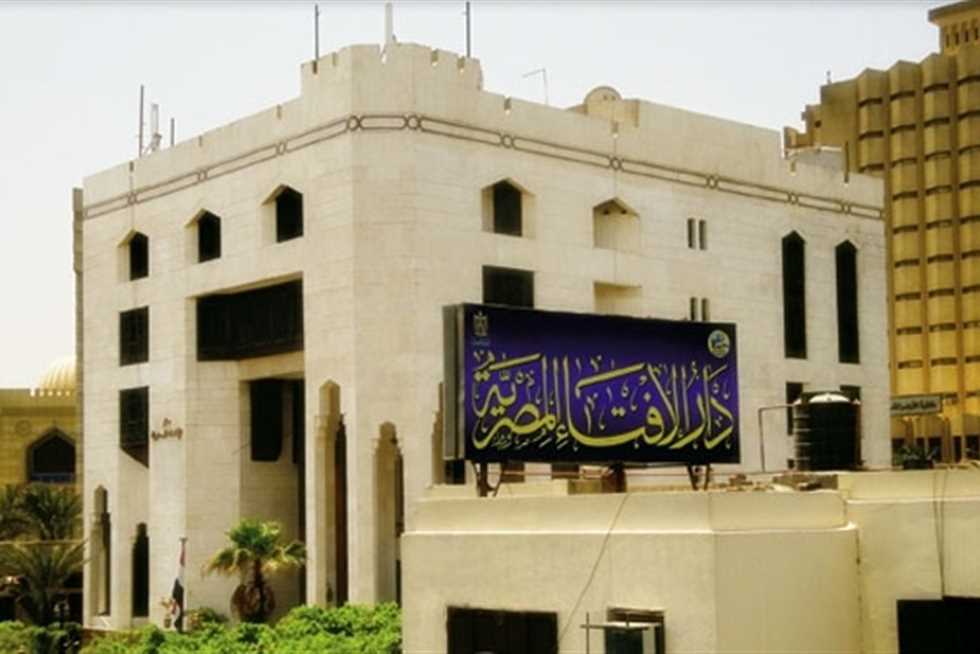Rarely do you find parents tugging at their children’s coat seams, pleading for them to pay attention and singing along with wide-eyed glee while they watch a lion tamer marionette dance and sing with a lion marionette.
The late poet Salah Jaheen’s puppet operetta, “Al-Leila Al-Kibeira” (The Big Night) has always had that effect since its original production in 1959. On 9 August, the Talaat Harb Cultural Center put on the latest showing of the operetta – composed by Sayyed Mekawi – where about 150 adults and children gathered to watch and sing along with some of the most celebrated characters in Egypt’s modern folklore.
“This is probably my favorite show of all time,” said Adel Kheir, a 35-year-old software engineer. He brought his 6-year-old son, Karim, along to share the experience. However, while Karim was sporadically entertained by the show, he would often go and play with other kids, leaving his father half-grinning, in a trance, singing with the marionettes word for word.
Many of the adults came on their own and sang along with the chickpea seller, the soothsayer, the belly dancer, the lion tamer, and of course the clown – whose annoying, nasal rants remain a staple for birthday party puppeteers.
“It’s a children’s event, but look around, the adults are enjoying it more!” said Amal Abdel Mohsen, the center’s director.
Set at a birth festival in a fictional Cairo neighborhood back in the day, the operetta takes a 40-minute snapshot of the celebrations of the birthdays of the Prophet Mohamed and the Sufi saints. These birthdays tend to be jubilant celebrations and an excuse for fun on all fronts, including sideshow acts, musicians and street food vendors. While these birthday celebrations are not as widespread as they used to be, Abdel Mohsen still sees them as an important aspect of Egyptian heritage.
“It’s important to keep these traditions alive, and “Al-Leila Al-Kibeira” is one of the rare works of art that is able to do that in a timeless and fun way,” he said.
Not much has changed since the initial production. Modern day producers of the show tend to stick to stage director Salah al-Saqqa’s original festive and well-choreographed scenes.
For this presentation, director Ismail al-Mougy could only use one multi-colored, hodgepodge set, since he was not able to rotate sets on the makeshift stage. Mougy, who is also the director of the Cairo Puppet Theater, is planning a full production of the operetta on his stage on 20 August.
“I toured the world with this show, and it never seems to lose popularity,” he said.
Mougy’s puppeteers made the cardinal sin of being visible during the show, although no one seemed to mind. Mougy blamed it on the stage. While this puppeteering mistake is almost unforgivable, Mougy is confident that it would never happen on his home turf.
A great deal of the popularity surrounding the show is due to Nagy Shaker’s iconic marionette designs. They’re odd, kitsch, off-color, disproportionate and caricature-ish, yet somehow irresistibly enchanting and expressive.
“These marionettes undoubtedly have a place in the cultural identities of most Egyptians,” said Abdel Mohsen.
The Talaat Harb Cultural Center – tucked away in the Sayeda Naffisa neighborhood and funded by the Culture Ministry – believes in the show enough to dedicate much of its coming Ramadan schedule – until 20 August – to marionettes shows and events related to the craft.
They will hold multiple showings of different marionette shows, including “Al-Leila Al-Kibeira” and “Abu Ali” (Father of Ali) – another Saqqa-directed puppet show. On 12 August, students from the Fine Arts College of Cairo University will be showing an exhibition at the cultural center that focuses solely on puppets and marionettes.
Before every show, the cultural center provides an hour-long puppet-making workshop, in which teachers work with children in making Shaker-style puppets. Neighborhood kids gather to receive tutorials and create hand puppets, while the older kids are actually taught to design their own marionettes.
“It’s been very busy, but the students have been very enthusiastic and were able to make and design really interesting puppets,” said Rehab Hussein, one of the facilitators.
Employees at the center all seem genuinely enthused by the shows and workshops that will continue over the next ten days, making for a very friendly and amicable environment for adults and children alike. They will be showing “Al-Leila Al-Kibeira” next on 16 August.
The Talaat Harb Cultural Center can be found on Sayeda Naffisa Street, in the Zeinhom neighborhood of Cairo.
Shows start at 9 pm.




